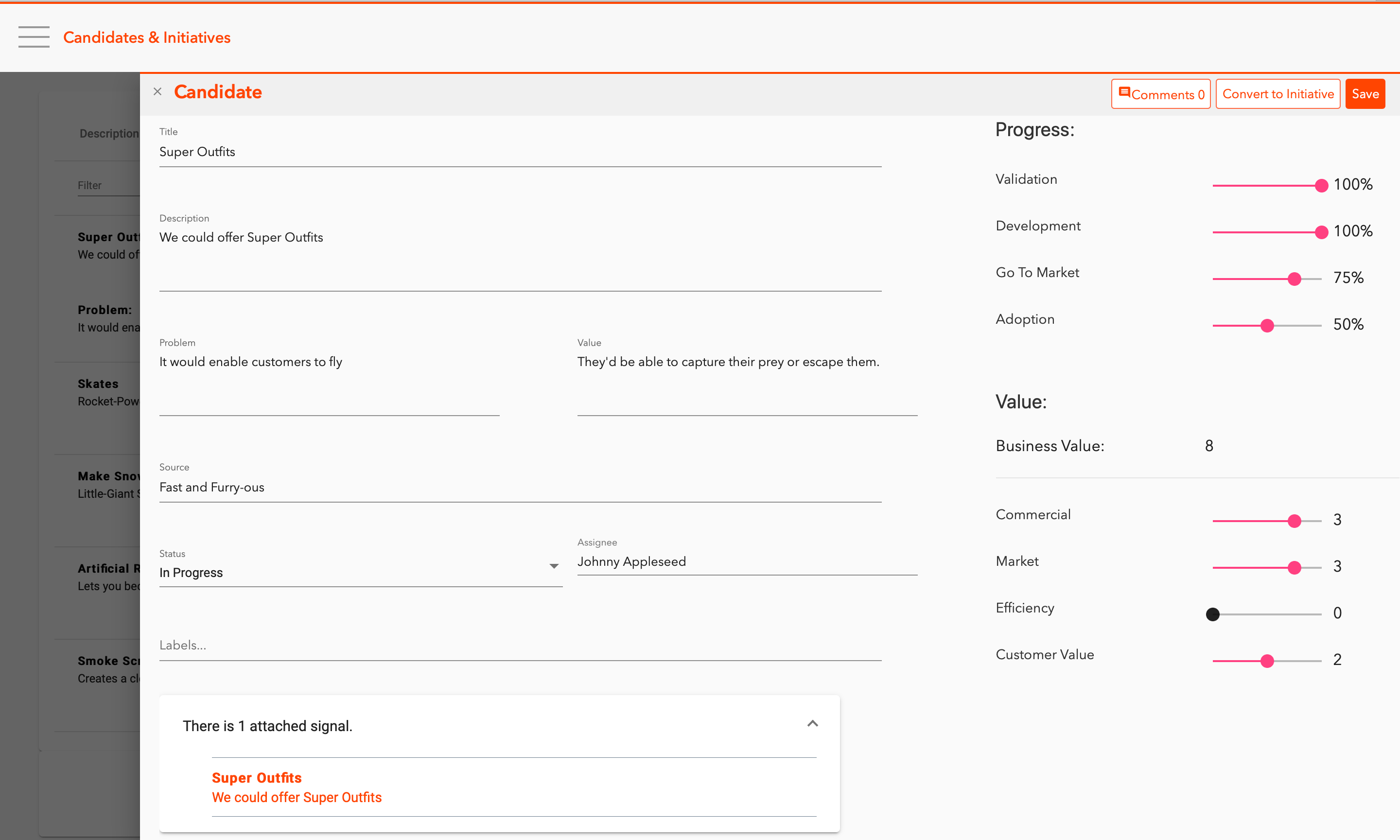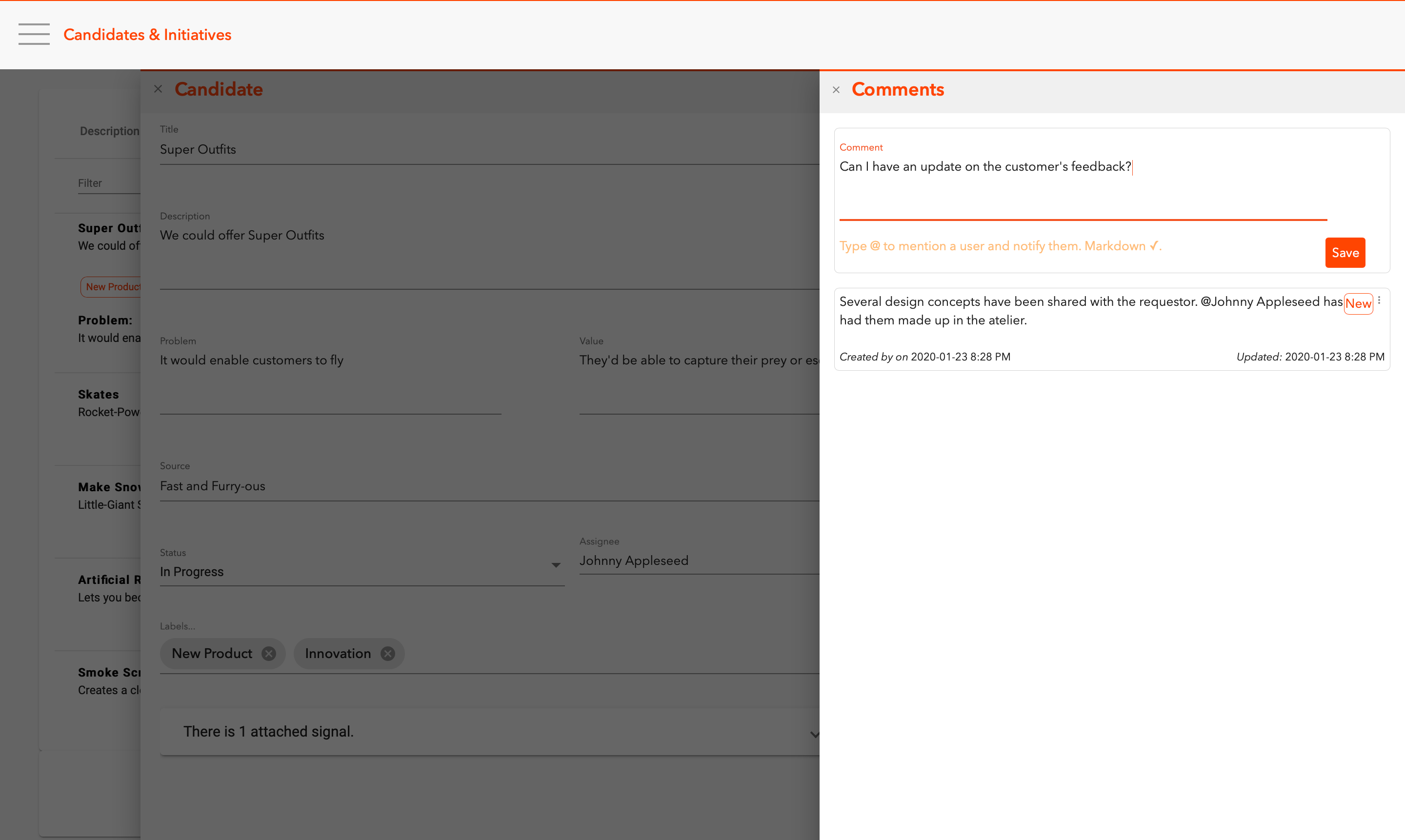Digital Possibilities
by Richard Beck
Product Management for Agile Businesses: Go To Market & Launch
You’ve built your solution to address a problem or opportunity, and you’re proud of your baby and you want the world to see it! How do you go about getting it in the hands of your users?
In a word: slowly.
The Go To Market or Launch phase of the Product Development Cycle is concerned with taking a developed and tested solution, and getting it to the point where its commercialization or use can be scaled. This phase is essentially a huge preparation and test phase where the ultimate goal is to make sure that everything is in place across your organization to be able to deliver the solution to the world.
However, before the Go To Market phase can begin, there are certain key activities that should have been completed, in most cases during the development phase:
-
Product Positioning: any changes that the new offering will make to overall product positioning.
-
Support documentation & training: what does support need to know to support the new offering? Who will receive 1st, 2nd and 3rd line tickets? Will you apply additional prioritization to new tickets?
-
Marketing Campaigns and Collateral: marketing should prepare and be ready to test their initial campaigns for the scaling of the new feature. This might mean producing multiple options to test with similar groups of customers or target customers.
-
Sales Collateral & Training: updates to sales collateral and training should be prepared and ready to test.
-
Self-serve Collateral: do you have FAQs or other self-support materials that need to be updated?
-
Target Lists: which current customers will receive the new offering? Which target customers will receive marketing and sales calls and at what point?
-
Metrics and KPIs: what will you be measuring to ensure that you’re ready to scale?
No to a Big Bang
We all get it, there’s lots of pressure to have a new offering released to all customers as soon as it’s ready. I mean, the code is ready so why not push it live to everyone right? And the customer is asking for it now, now, now.
Sometimes Big Bang releases work out alright — sometimes they are even necessary, but every time they are a big risk and the likelihood of something going wrong somewhere in the organization is really high.
Customers asking for something now will be upset when it goes wrong, or your support is not up to scratch. Sales will be burnt very quickly when they struggle to pitch a new feature or it doesn’t work reliably or as well as promised.
Yes to a Progressive Rollout
Go slow to go fast
This is what we are doing with a progressive rollout. It’s basically a period of testing to make sure that everything is working well before scaling a new feature across the full organization. During this phase a number of experiments will be made to build confidence in all of the items that were prepared during the development phase and to make sure that they are all working together cohesively.
Absolutely everything that has been produced for the Go To Market phase will be tweaked during this phase.
Here is a list of most of those items that you’ve been busy preparing:
Customer Target Lists
The heart of the rollout is the customer target list. Basically you want to select customers to rollout the new feature or product to. There can be two types of list depending upon the particular situation of the new product or feature:
-
current customers that get the feature as part of their product suite — ie it has no additional cost
-
customers that will have to pay extra for the product.
It is generally helpful to organize these lists into waves, starting small and selecting customers purposefully. Before selling into new customers, it makes sense to roll out to some existing customers to test the core of the offering before testing your sales approach and the core of the offering at the same time. In good science, one reduces the number of variables in every single test.
Within both lists, you want to select customers according to their particularities in order to get a representative cross-section of your customer base. For example, you may want to start with a low-volume customer and then move to a high-volume customer to make sure that the feature scales. Likewise, you may want to avoid customers that cause issues with support and account managers in the earliest waves.
Customers May need to Rollout too
Just to add a little bit of complexity, your customers may need to rollout new features within their organizations; provide training to their staff, adapt their business systems or their workflows. Moreover, your customers may need to build confidence themselves in the new feature!
If it is the case, choose your initial customers wisely and work with them during their rollout. Yes, it will take longer for you to get there, but every subsequent new customer will learn from those initial ones, and you’ll look like highly professional heroes (and who doesn’t want to be a hero?).
Your Solution will have Defects
Every new offering has some defects that only become apparent when customers start using it. Most of these defects will be minor and can be fixed relatively rapidly at a low cost. On the flip side, some defects might be so large that the new feature needs to be removed!
Small defects, bugs, should be fixed as soon as possible — identified bugs in new code should not be allowed to linger.
There will also be small niggles in the solution that only came to light now. These are different from defects in that they were not in the scope of the project. It takes a judgement call to decide whether or not they should be addressed immediately as fixing them will slow down your rollout and potentially impact other initiatives; or consider them as new signals.
Then there will be larger problems or opportunities that come to light. These should be entered into your Product Management tool as a new signal and follow your standard Product Management Cycle through a validation and prioritization phase.
Sales Laboratory
With a new product or a significant change to an existing offering, the sales organization will need to learn how to pitch it.
A demo and a new deck will not cut the mustard.
Sales needs time to learn how best to pitch the product, how to become comfortable in pitching it, how to figure out what questions to ask prospects during discovery to have them engage and all that fun stuff.
It’s suggested therefore to take a small number of the sales staff and have them experience with the pitch until they can tie it down to something that they are comfortable with. At this point, they can then train or at least provide support to the rest of the sales organization — at the very least you will have a success case to present within sales to get them amped-up and engaged.
Remember that with sales a significant proportion of their personal income can be on the line and that will generally make them wary or risk averse when introducing new products.
Marketing
Depending upon your product and organization, marketing might have a critical or more informational approach and role in your product rollout.
If you are relying on marketing to generate leads, they obviously need to test their lead generation strategies. Some of these strategies may not be applicable until the end of the Go To Market phase, when the software is ready to scale. For example, if blog or social media posts are part of that strategy, by their nature they can be hard to contain to specific customers.
Some strategies such as search ads to a landing page can be experimented with as volume can be turned on or off at any moment. This is also a great way to test out any tools that you may have created to help with adoption.
Internal Systems
Are all your internal systems supporting the new product or feature? Can you bill successfully? Can support create tickets and do they get to the right queue? Are you able to monitor uptake and adoption?
Metrics
Key to this phase are the metrics that have been defined and that you are following to ensure the success of your rollout. Are you getting the adoption you expected within your waves? Are users using the software as expected? Are you meeting the value generation that was expected?
Go To Market is Cross Functional and Complicated
Reading this list of items to take into account, you may have realized that it will require a lot of coordination and communication between different groups in the business, particularly with sales and marketing, support and engineering.
Yet it should also be evident to all that taking a considered rollout approach will better position the product and the organization to scale a higher quality solution, more effectively and with a faster market penetration.
Remember to keep your Progress Up to Date
It’s important to provide transparency on the progress in rolling out to all of your stakeholders; reporting on successes and learnings throughout the process and progress through the waves.
Your Product Management Tool should be able to provide you with the ability to capture this progress and make it available.
As an example, here is how Product Roadmap enables you to give an indication of progress and provide comments.
 Indicate Go To Market Progress using the slider in Product Roadmap
Indicate Go To Market Progress using the slider in Product Roadmap
 Adding comments on an Initiative can provide useful feedback in Product Roadmap.
Adding comments on an Initiative can provide useful feedback in Product Roadmap.
And Finally…
The slow and steady tortoise wins the race.
Header image by Ben Wong on Unsplash.
